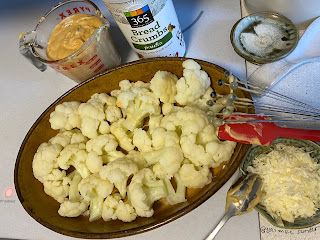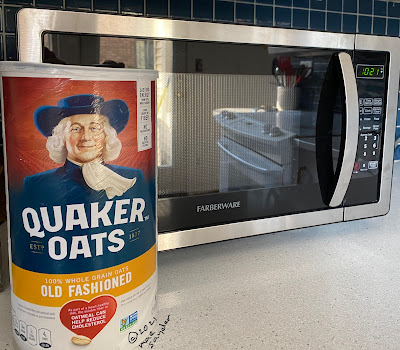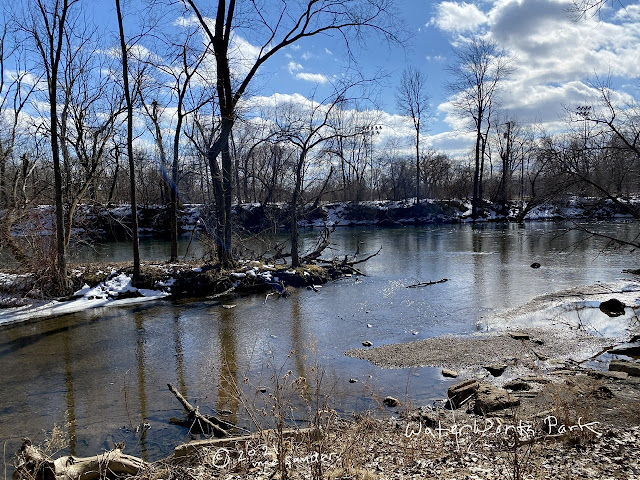Several Victorian books and articles with recipes, menus, and advice for serving breakfast in genteel British homes are reproduced in Kaori O'Connor's book The English Breakfast: The Biography of a National Meal with Recipes. These are "a feast of lost dishes that richly deserve rediscovery," a collection that she includes to encourage her readers to try the foods of the past. In her view, "When reading or writing about food, one should also be able to taste it." (p. 54-55)
Despite O'Connor's exhortation that I, the reader, should try the recipes, I can't honestly say I see any of them that make me curious to eat them -- especially not for breakfast! All those strange fish preparations, all those meat pies, all those game dishes for which I couldn't legally obtain the main ingredient... snipe on toast, anyone? Cooked with its head tucked underneath its wing? Uh-uh.
In reviewing the book, however, I would like to give you at least some information about the recipes and menus, of which there are an overwhelming number. I have decided to focus on one dish that is often mentioned in literary breakfasts, like country house detective stories. That would be kedgeree, a dish of rice, hardboiled eggs, and smoked fish. In modern recipes the dish usually includes curry powder and other Indian spices, but not so much in the Victorian cookbooks included in O'Connors selection.
A recipe for kedgeree, as well as recommendations for inclusion in menus, appears in almost every one of cookbooks and menu books that O'Connor reproduced (I have used O'Connor's page numbers below, rather than the original pagination from the reproduced books).
Menu XIV from the book Fifty Breakfasts by Colonel Arthur Robert Kenney Herbert specified a breakfast suitable for days of abstinence, such as Lent. Every breakfast in the Colonel's book has different items on the menu; this one lists:
Kitchri (Indian).
Macaroni à la Livornaise.
Eggs in white sauce.
Sally Lunns.
The text below the menu explains: "This dish, from which the so-called 'kedgeree' of English cookery books was doubtless taken, was originally a dish of rice cooked with butter and an Indian pea called dál, but now it may either be composed of cold cooked fresh fish, or of salt fish that has been soaked and either boiled or fried." He continues with a detailed recipe using hardboiled eggs, shallots, and turmeric, used to color the dish "a nice light yellow color." (p. 265)
Another book included by O'Connor is Breakfast Dishes for Every Morning of Three Months by Miss Allen. This includes kedgeree on the menu for "January 4, Wednesday." (p. 209) It consists of
Savoury omelette.
Kedgeree.
Potted pheasant.
Cold ham
Scones
Marmalade (orange).
Miss Allen's kedgeree recipe uses dried haddock, and it begins by boiling some rice, melting butter with flour and milk, adding anchovy sauce and chopped egg whites, and finally the fish. The hardboiled egg yolks are grated over the top of the dish, which is also garnished with parsley. (p. 170)
Only the introduction from The Dictionary of Dainty Breakfasts by Phyllis Browne appears in O'Connor's book. This introduction is written by "A Mere Man," and consists of a list of various categories of dishes. Category 3 (d) appears thus on page 67:
(d) Products of fish, etc.
Cod's roe: excellent.
Herring's roe, on toast: an admirable accessory.
Kedgeree, from the remains of yesterday's fish (not very good).
Would I try kedgeree if faced with a country house or hotel buffet that included it? Maybe. Depends what else they had on offer. Being an American, I'm partial to sweet breakfasts. I might choose some of the various breads and rolls and marmalades that appear on most of the menus. However, I find it fascinating to learn about all these things.
As a final indication of what you can find if you check out the hundreds of menus and recipes in O'Connor's book, here's one of the most unfamiliar menus, from The Breakfast Book: A Cookery Book for the Morning Meal or Breakfast Table by Georgiana Hill. This menu, which appears on p. 154, also indicates how the various dishes should be arranged on the breakfast table:
Autumn Quarter.
BREAKFAST FOR 8 OR 10 PERSONS.
______________________________
Middle of the Table.
Collared Sucking Pig
__________________________
4 By-dishes, Cold.
Anchovy canapés. Pressed Caviare.
Potted Cheese. Pickled Mussels.
__________________________
2 By-Dishes, Hot.
Brain Cakes. Dried Sprats, tossed.
__________________________
2 Entrées.
Salmi of Partridges. Pork Cutlets and Poached eggs.
_________________________
Compotes of Fruit, Cheese, Breakfast cakes, etc.
I hope that when I'm free to go to hotel buffets for breakfast again, I don't encounter a sucking pig or brain cakes.
This review © 2021 mae sander.

























































